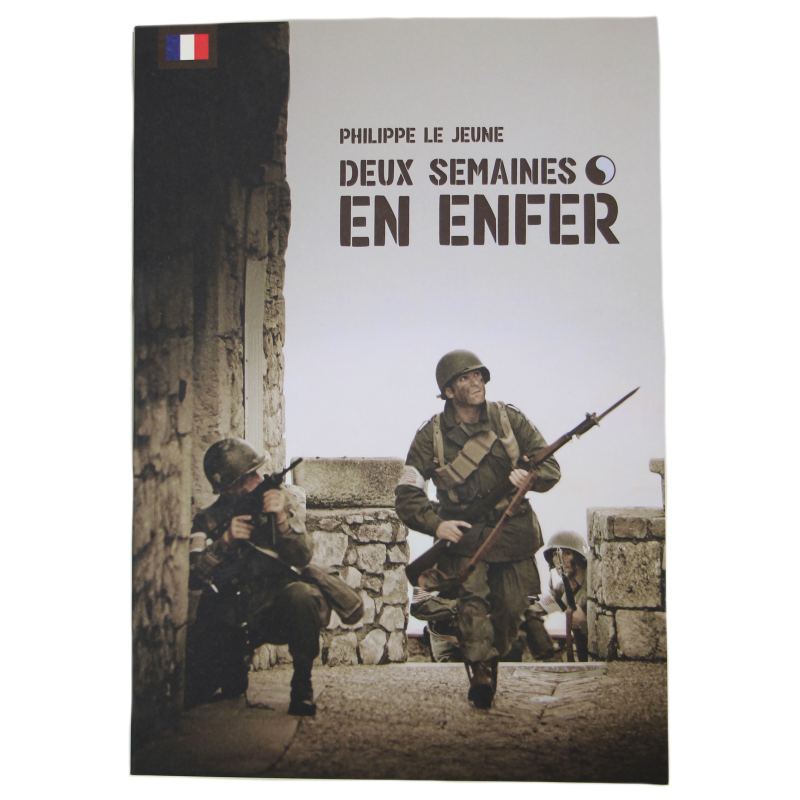



Two weeks in hell, Philippe Le Jeune
€15.00
Tax included
This is the story of a G.I. named Randy MacCoy. He recounts his first 15 days of the landing with his comrades of the 116th Infantry Regiment, of the 29th Infantry Division, who landed alongside the Big Red One Division on Omaha Beach, June 6, 1944. He jumps off the landing craft like a young man who will quickly be transformed into a man by war. Getting out of this hell alive would be a miracle! Randy and his comrades will be forever marked by what they experience in Normandy.
Soft cover, 174 pages.
Philippe Le Jeune.




